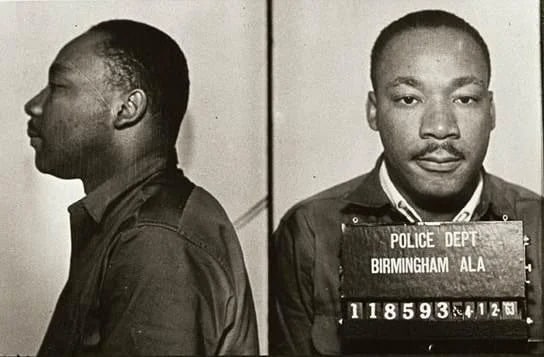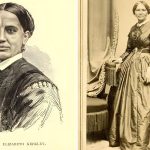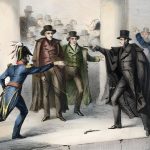In American history, there are threads that weave tales of triumph and progress but also shadows that linger in the corners, telling stories of pain, injustice, and struggle.
Through the lens of powerful photography, we are granted a glimpse into these darker chapters, where the echoes of oppression, discrimination, and violence resonate through time. From the civil rights movement to moments of cultural upheaval and societal unrest, these images serve as poignant reminders of the complexities and contradictions of the American experience.
Join us as we journey through 25 powerful photographs that capture the darker side of US history, inviting reflection, contemplation, and a deeper understanding of the past.
On July 5, 1953, swimmers at a swimming pool at a Las Vegas motel observed the explosion of an atomic bomb
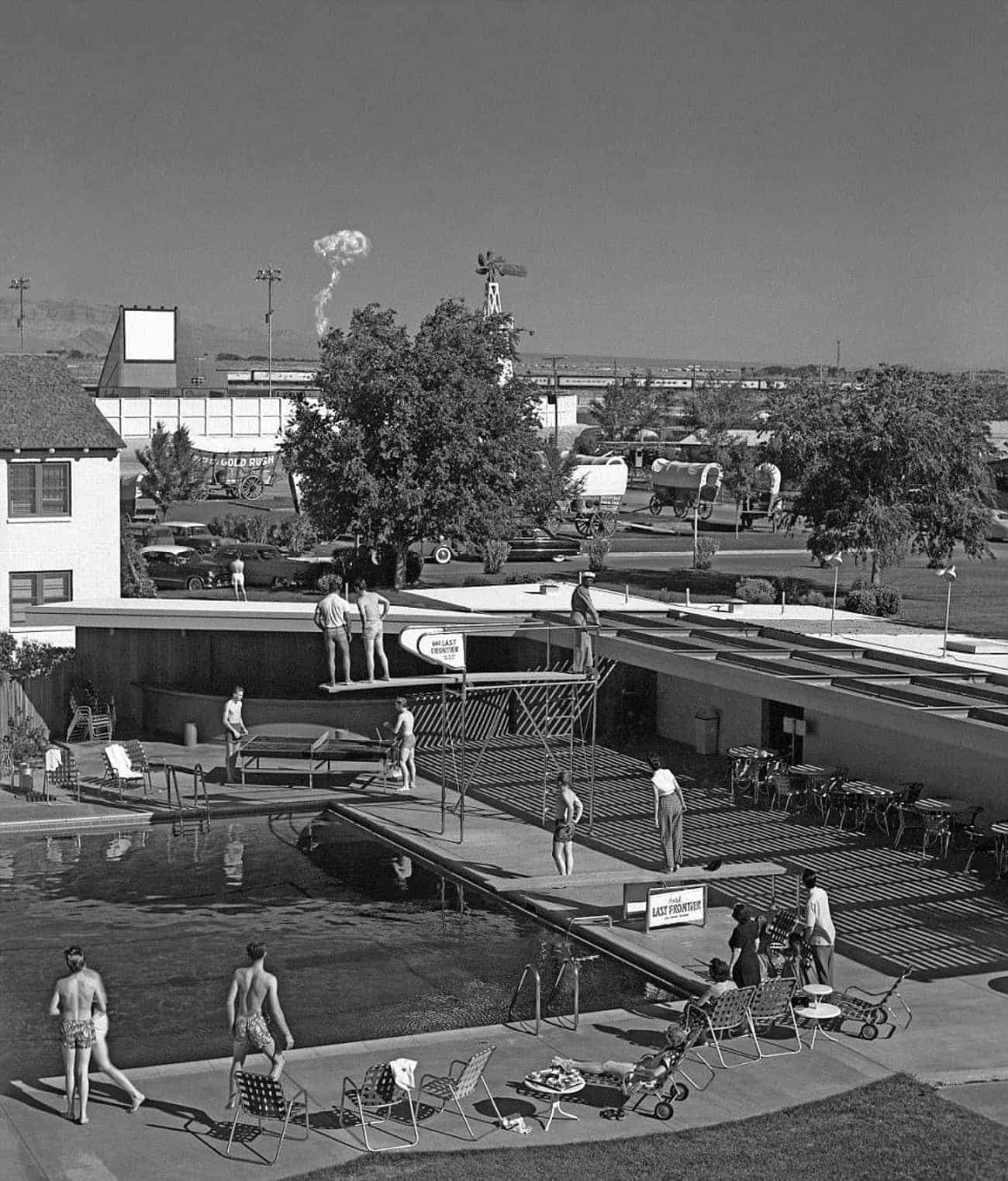
American military Bell UH-1D Iroquois (“Huey”) helicopters in flight over My Lai, South Vietnam, during the My Lai massacre on March 16, 1968. Captured by Ronald S. Haeberle.
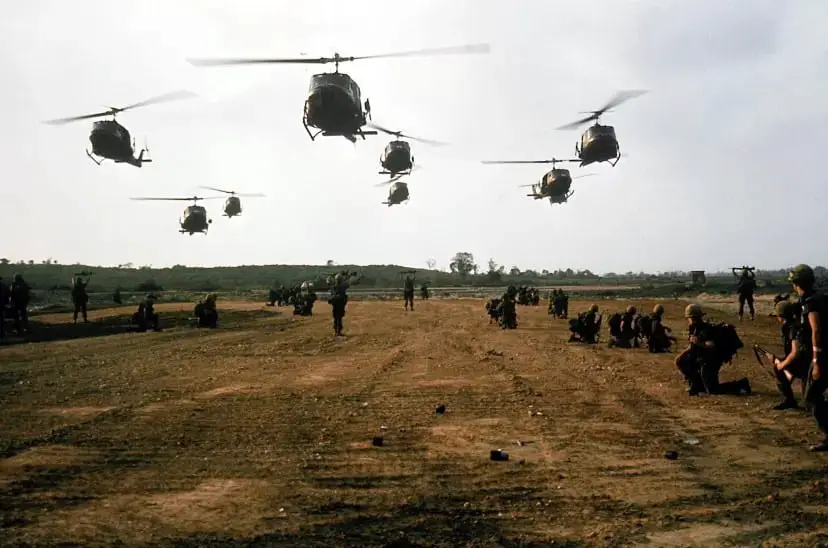
Mrs. Mamie Bradley, 1955
Emmett Till, who was abducted and murdered in Money, Mississippi, in 1955, at the age of fourteen.
This is the picture of his mother, Mrs. Mamie Bradley (Mamie Till-Mobley), surrounded by supporters and mourners at his funeral in Chicago on September 6, 1955.
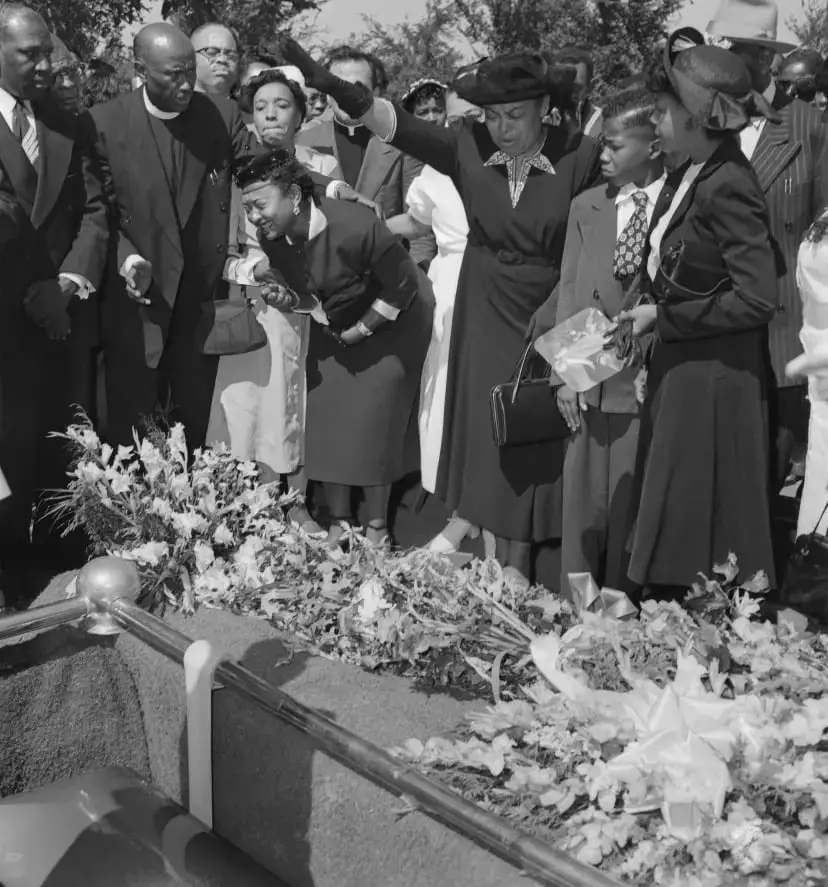
Doctor drawing blood from a patient as part of the Tuskegee Syphilis Study
In 1932, the United States Public Health Service initiated a study known as the Tuskegee syphilis study.
The study involved 600 black men, 399 with syphilis and 201 without, recruited from rural Alabama.
Participants were falsely led to believe they were receiving treatment for “bad blood,” a term encompassing various ailments, including syphilis.
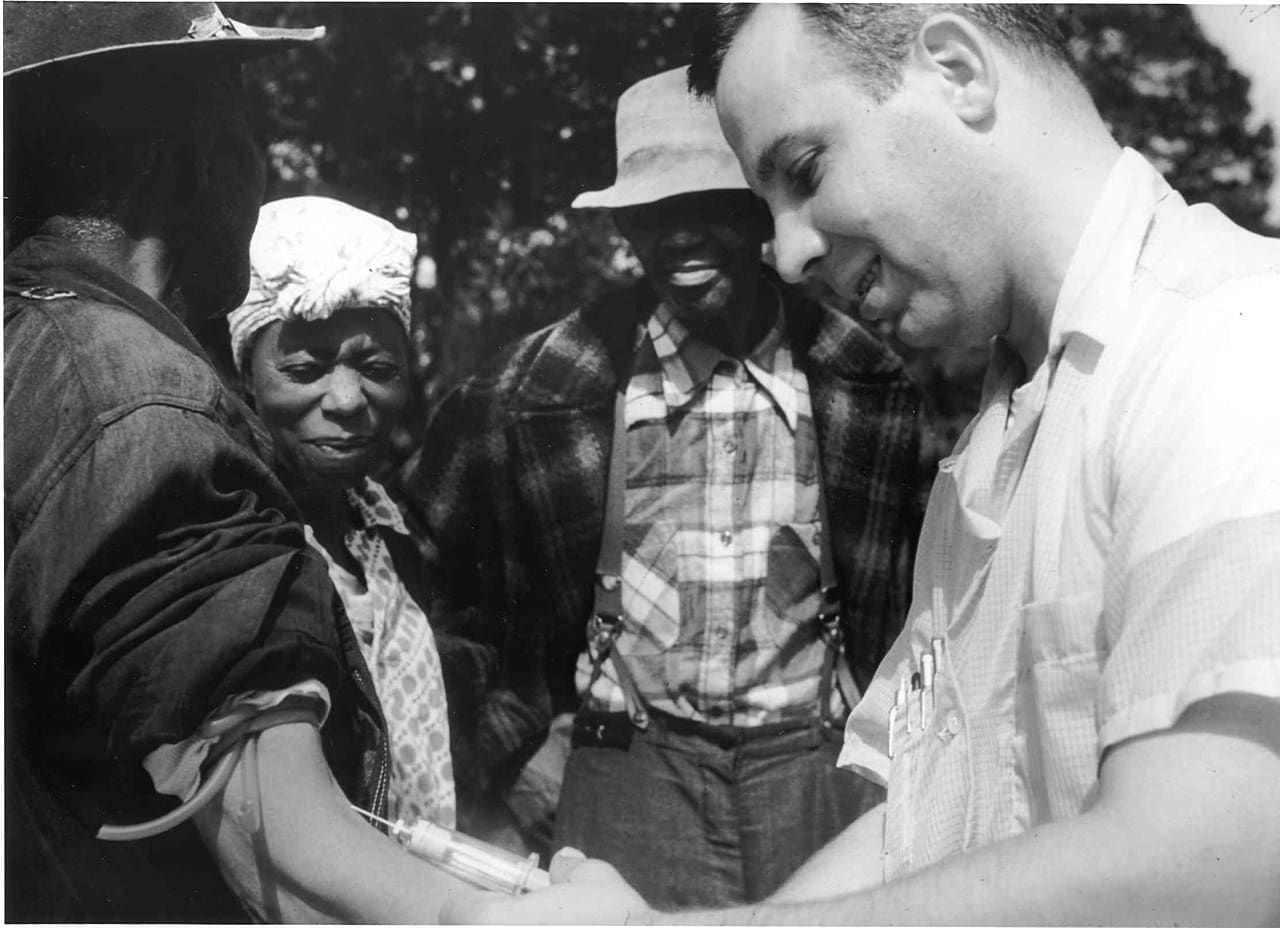
Instead of receiving proper treatment, participants were given placebos and inadequate medical care, even after effective treatment for syphilis became available in the mid-1940s.
The study continued for 40 years, with participants returning regularly for medical procedures and receiving false promises of benefits.
Ultimately, 128 of the men died from syphilis or related complications.
The Tuskegee syphilis study remains a dark chapter in medical history, highlighting unethical research practices and the exploitation of vulnerable populations.
Dorothy Counts, the first African American student at Harry Harding High School in Charlotte, North Carolina, is mocked on her way to school on September 4, 1957.
In 1957, Dorothy Counts, a 15-year-old African American girl, bravely went to Harry Harding High School in Charlotte, North Carolina. But instead of a warm welcome, she faced cruel taunts and jeers from other students and people who didn’t want schools to integrate.

In the photo, Dorothy walks with her friend Edwin Tompkins, showing her courage in the face of adversity. This picture was chosen as the World Press Photo of the Year in 1957.
Protesters grieve the loss of lives in the Triangle Shirtwaist Factory fire of March 25, 1911 in New York City
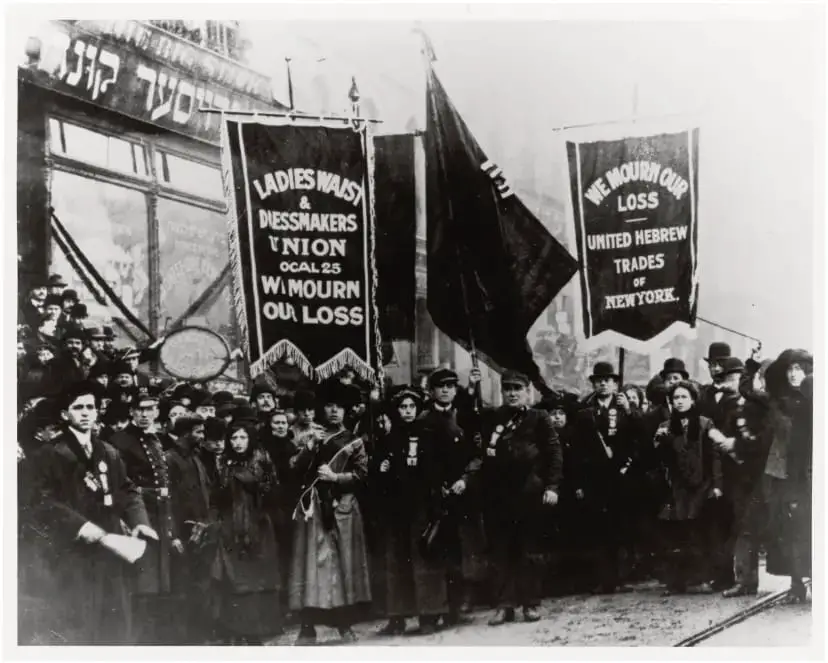
“Above and Beyond” at the Harold Washington Library Center in Chicago
The memorial is displayed at the Harold Washington Library until April 2020.
It consists of 58,307 dog tags, each representing a U.S. serviceperson killed in action during the Vietnam War.
It is the only memorial, besides the one in Washington D.C., that lists every name of the fallen.

Each dog tag was hand-stamped with a name, date of death, and military branch using an old military machine.
A black tag commemorates soldiers who died from conditions related to their service during the war.
The memorial was commissioned by the National Veterans Art Museum.
Veterans Rick Steinbock, Ned Broderick, Joe Fornelli, and Mike Helbing created the memorial.
Originally installed at the museum’s former location in the South Loop, it was unveiled on Memorial Day weekend in 2001.
Drinking fountain designated for African-Americans in the mid-20th century.

Chinese railroad laborers who worked under brutal conditions.
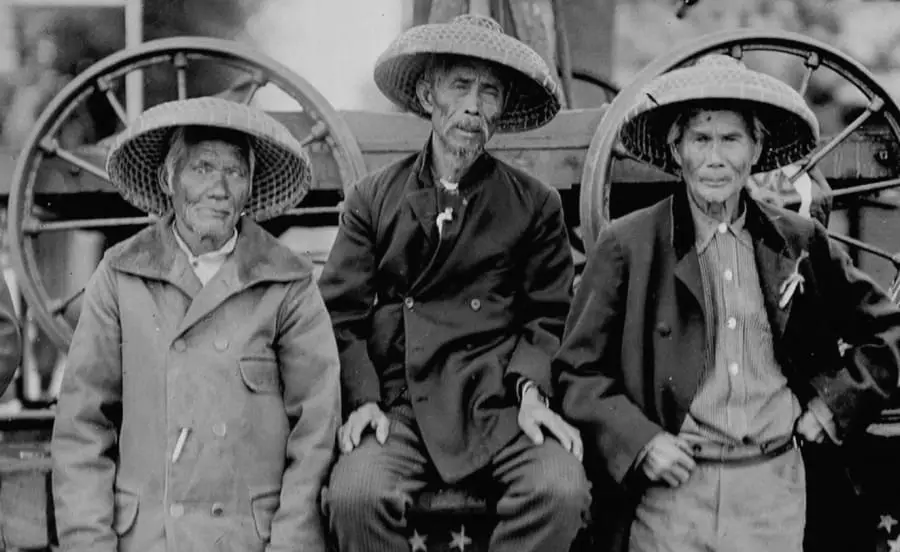
On May 10, 1945, a Japanese family made their way back to their home in Seattle, Washington, after being released from an internment camp in Hunt, Idaho.
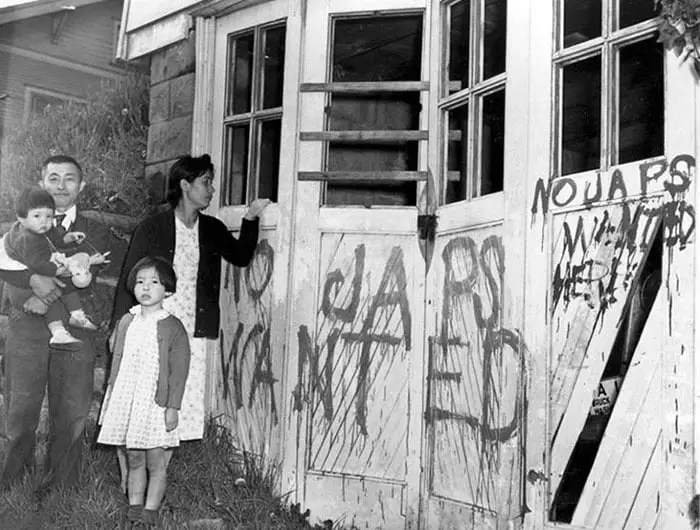
In 1935, a dust storm nears Stratford, TX, located in the Dust Bowl.
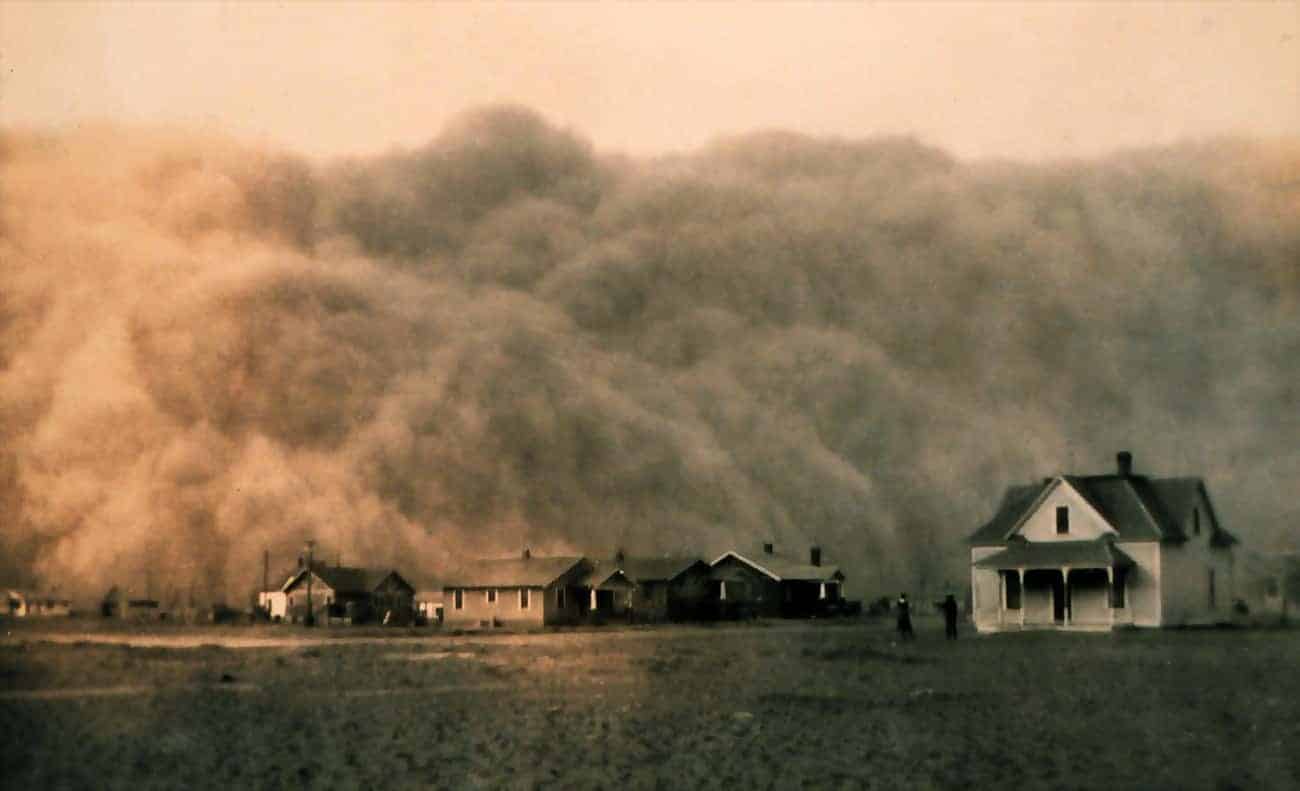
A young worker at the Globe Cotton Mill in Augusta, Georgia, captured in January 1909.
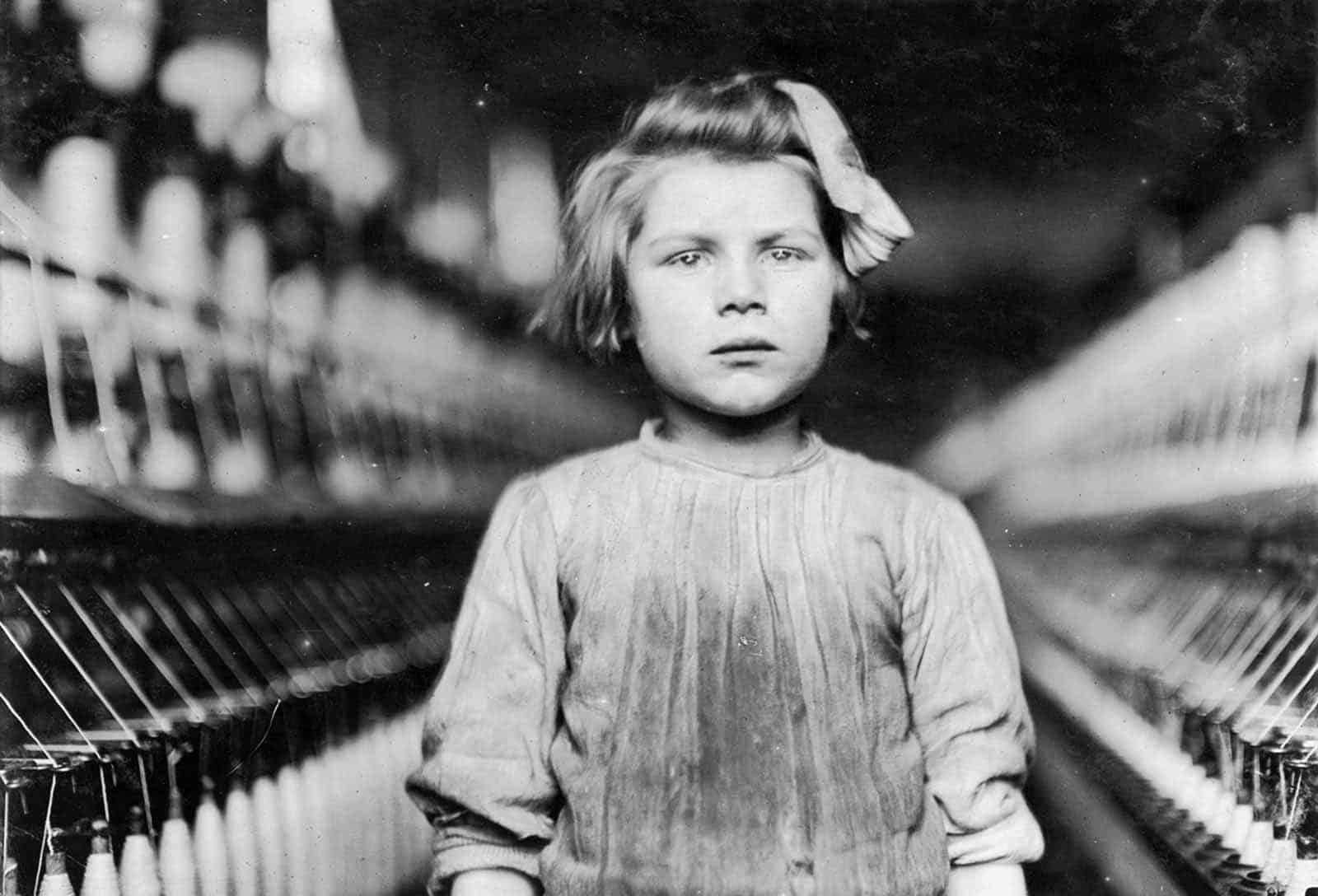
Protesting against segregation
Protesters marched against hospital segregation and health care inequality in front of the American Medical Association’s Chicago headquarters in 1963.
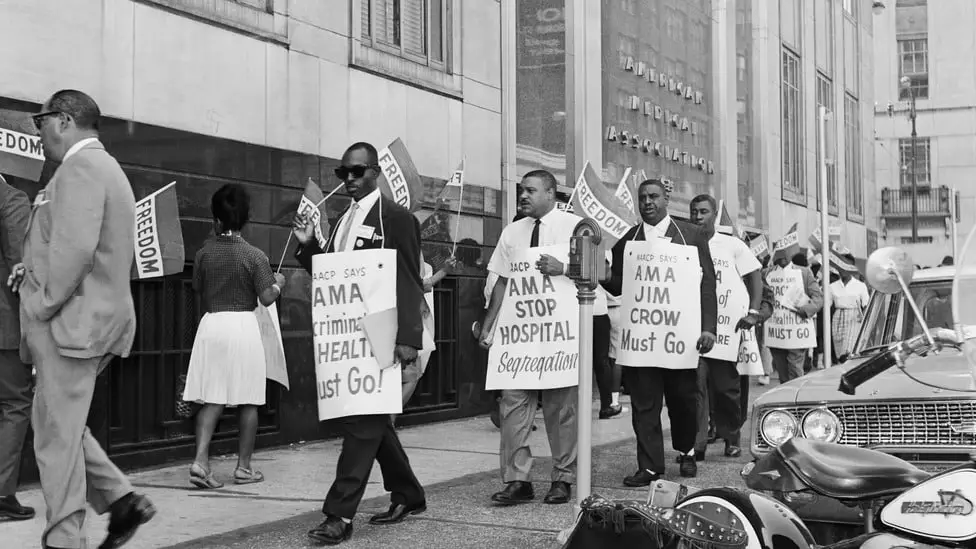
During the 1950s in segregated Tennessee, the Memphis Zoo designated Thursdays as the only day African Americans were permitted entry
The photographs by Ernest Withers depict the entrance to a Memphis zoo. This is a sign at the entrance that reads, “NO WHITE PEOPLE ALLOWED IN ZOO TODAY.”
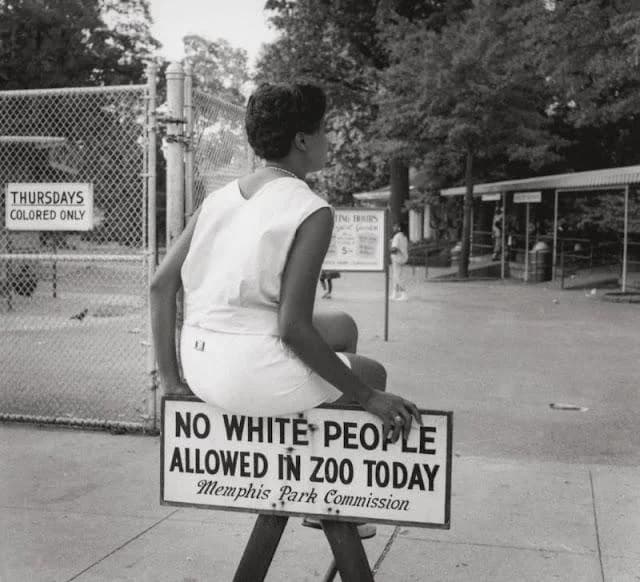
African Americans were restricted to one day a week, except for black domestics who could enter six days while chaperoning white children. In 1959, O.Z. Evers and the Binghampton Civic League filed a lawsuit to desegregate the zoo, but the city resisted, citing concerns of violence and vandalism.
Despite the slow legal progress, the park commission finally decided to desegregate the zoo and other facilities in late 1960, marking a significant victory for civil rights in Memphis.
In 1948, George McLaurin became the first African-American student to be accepted at the University of Oklahoma, where he was segregated from white students and required to sit separately.
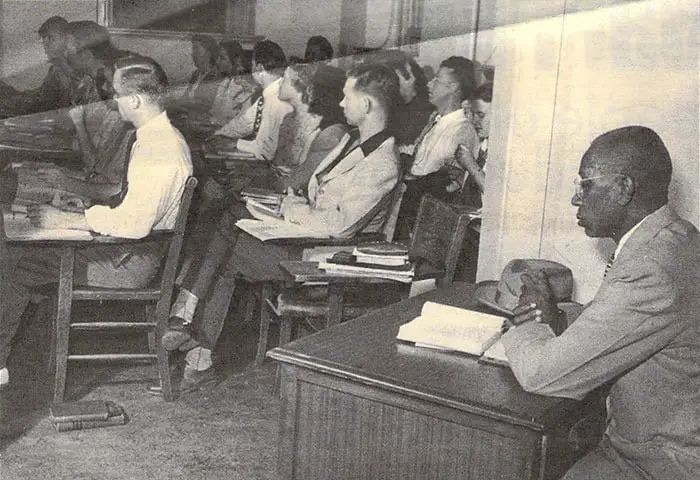
Tenement lodging in the 19th century.
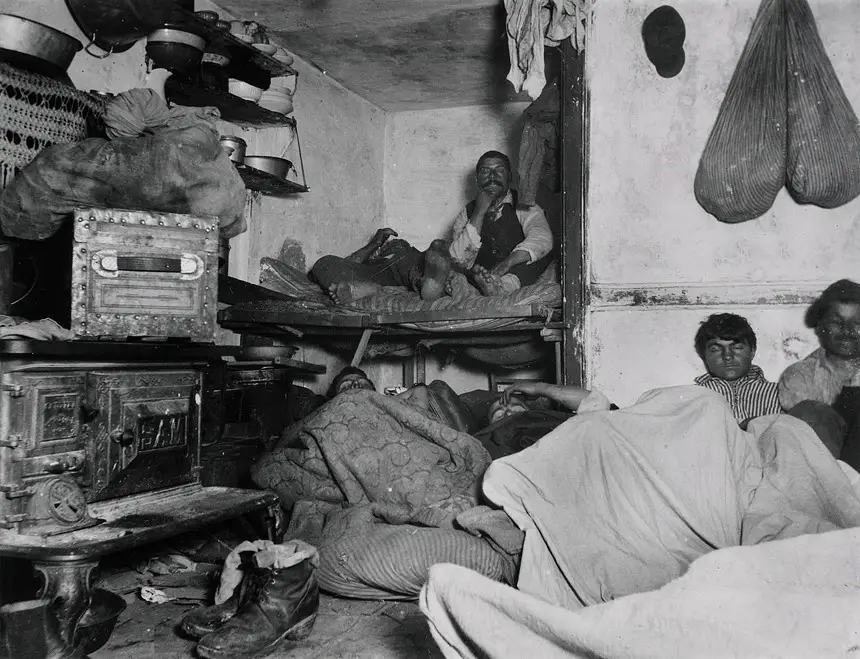
Harold Edgerton’s rapatronic camera, with a shutter speed of one-hundred-millionth of a second, captured an instant (30 milliseconds) of a nuclear test detonation during the 1950s.
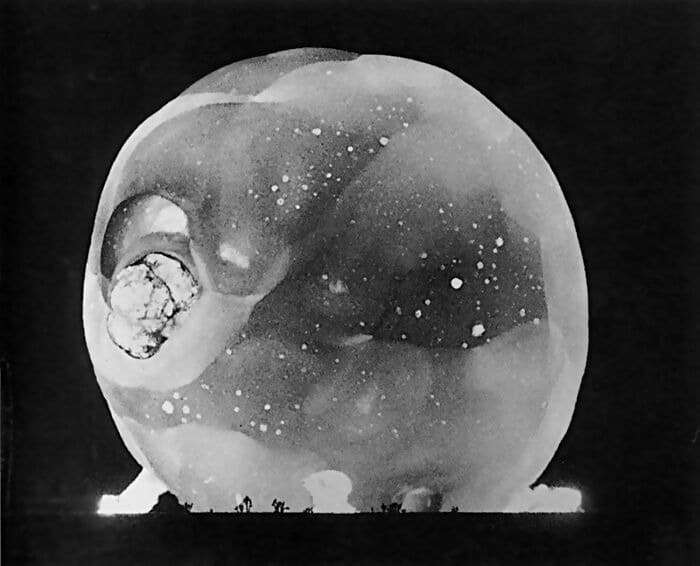
Child workers at a textile mill in Newberry, South Carolina, photographed in December 1908.
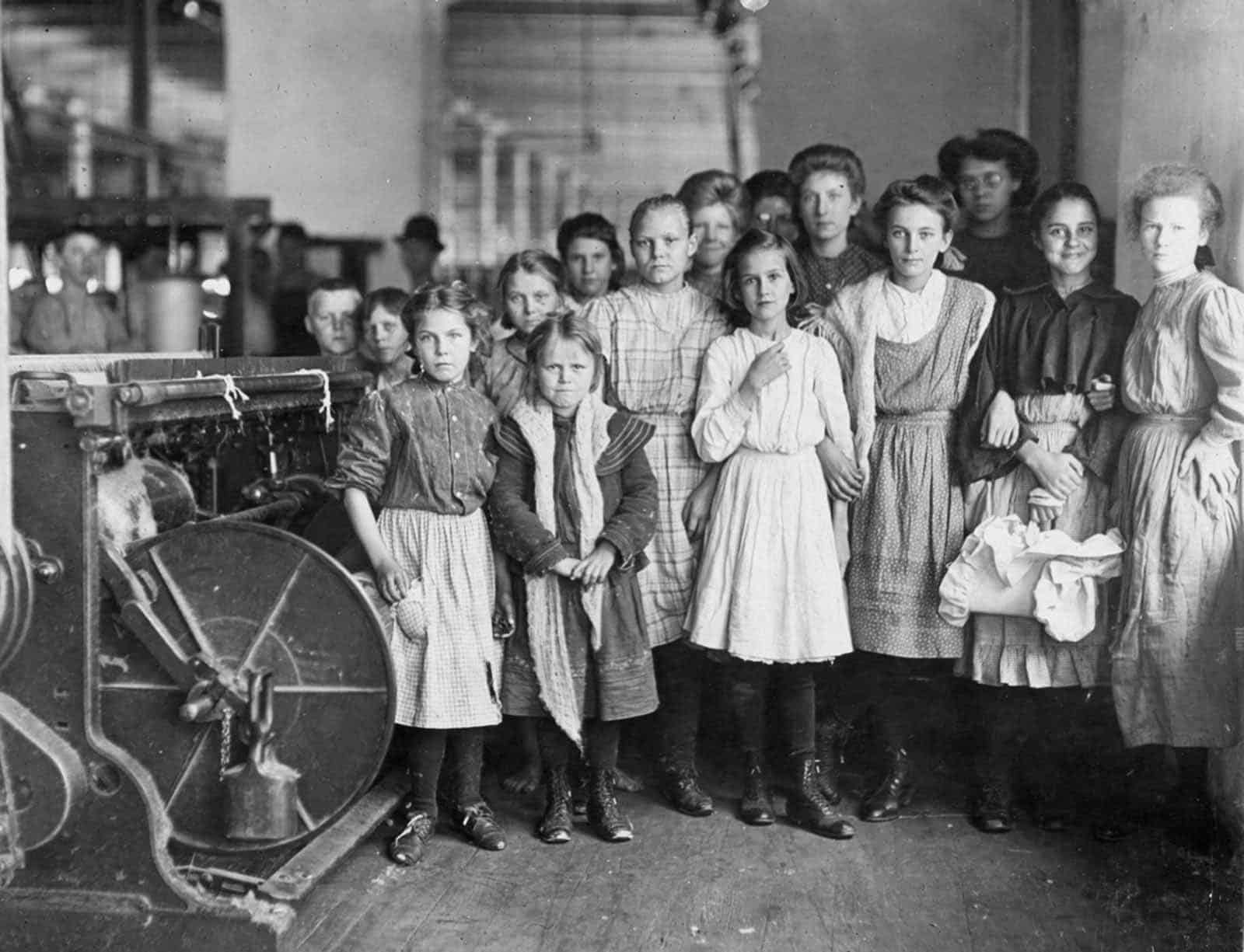
Japanese Americans wait in line to be relocated to an internment camp.
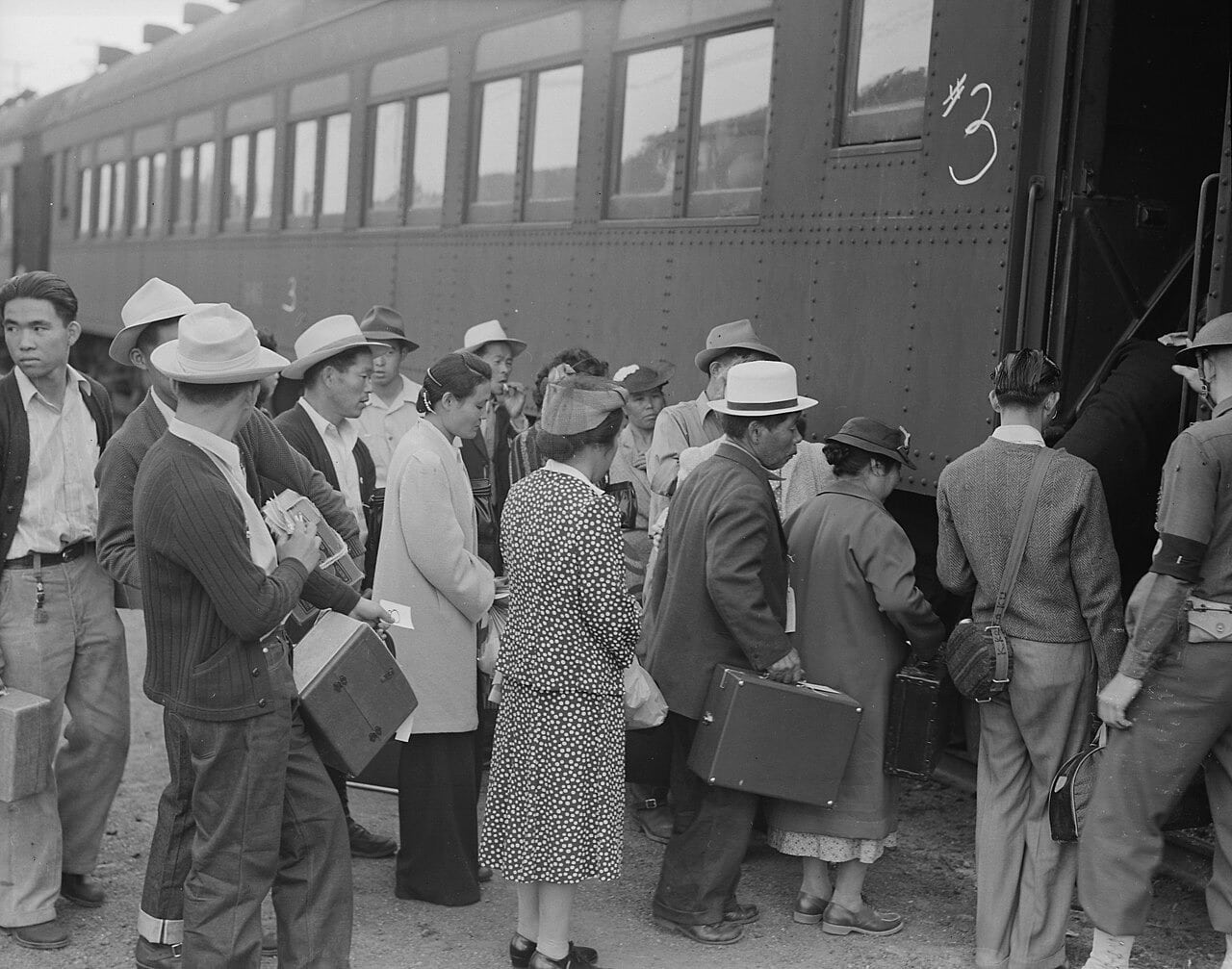
In April 1960, Martin Luther King Jr. and his son were seen removing a charred cross from the front yard of their Atlanta residence.
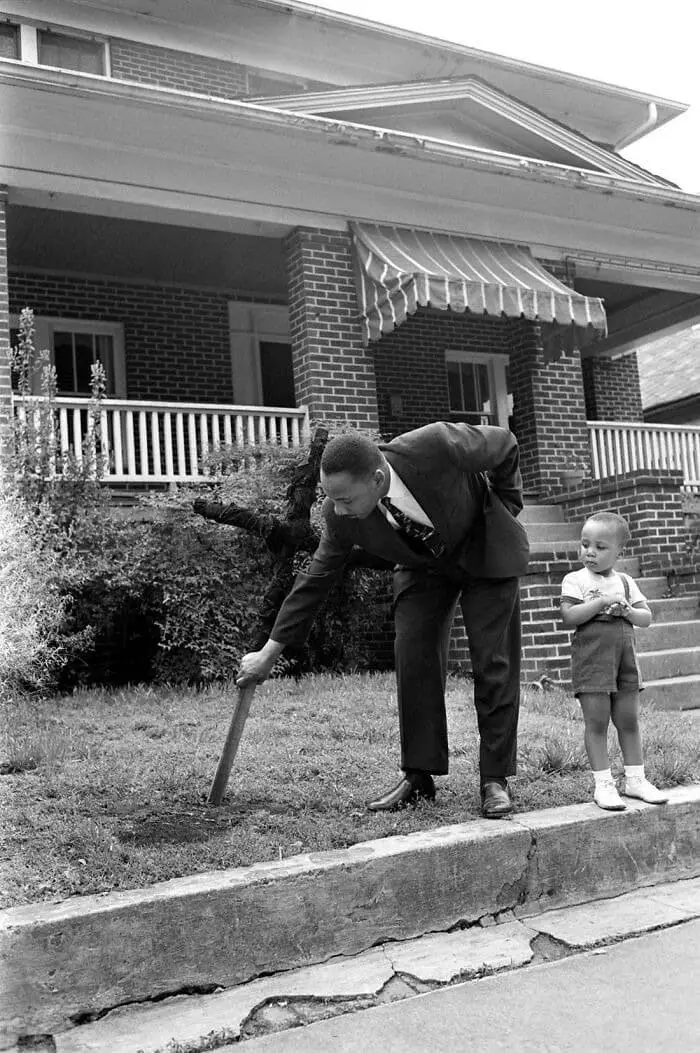
Pin-boys working at the Arcade Bowling Alley in Trenton, New Jersey, often working past midnight.
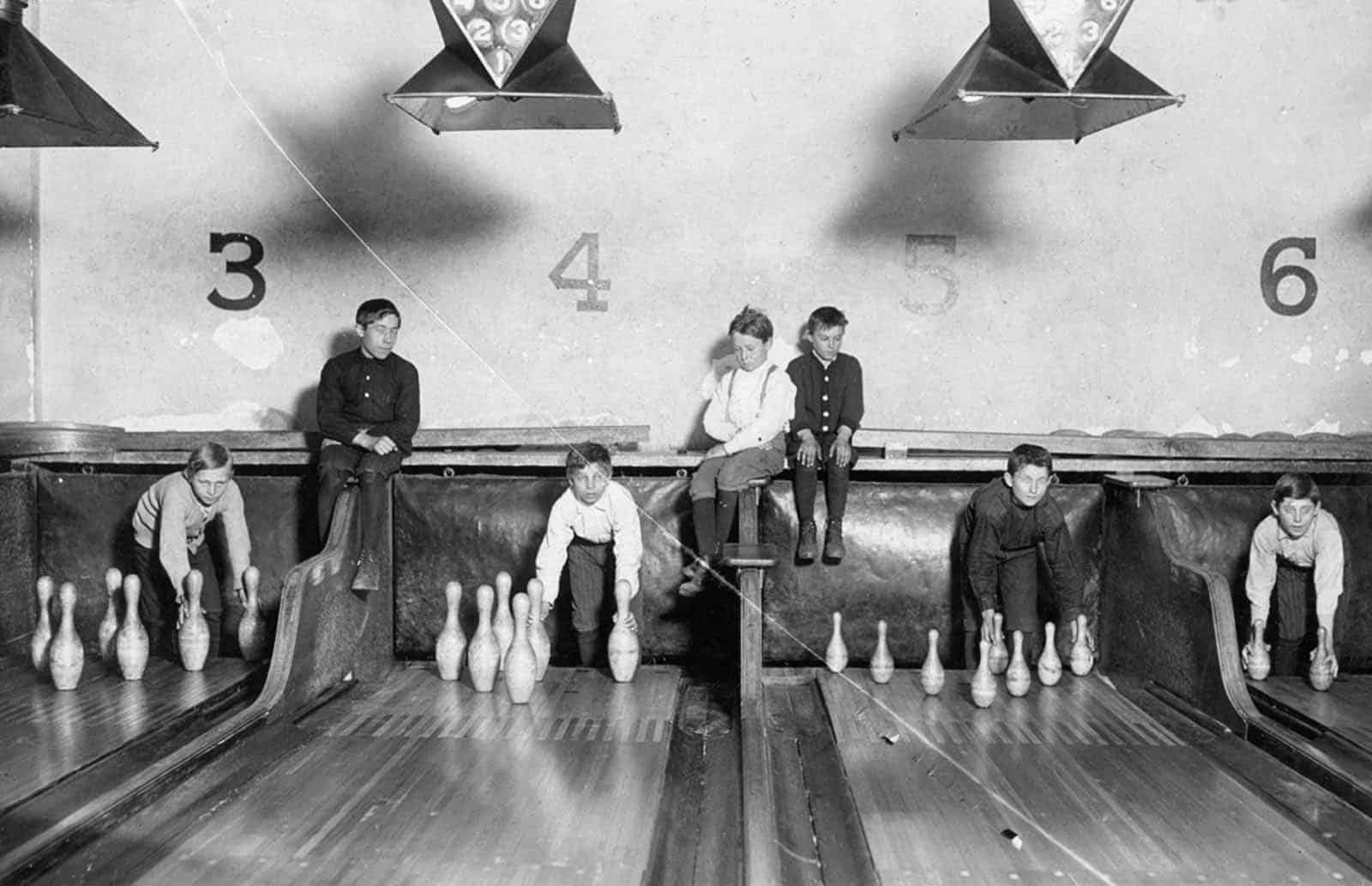
Citizens of Seattle watch from a bridge as Japanese Americans are evacuated to internment camps. 1942.
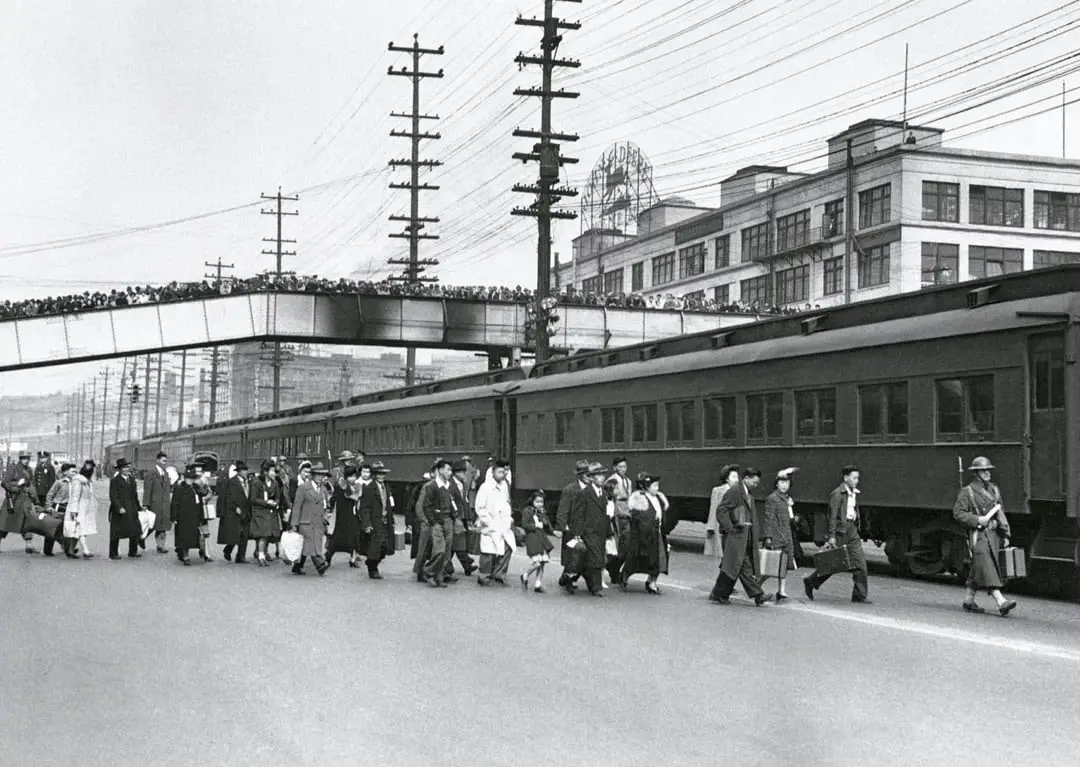
A young driver in the Brown Mine in Brown, West Virginia, in September of 1908.
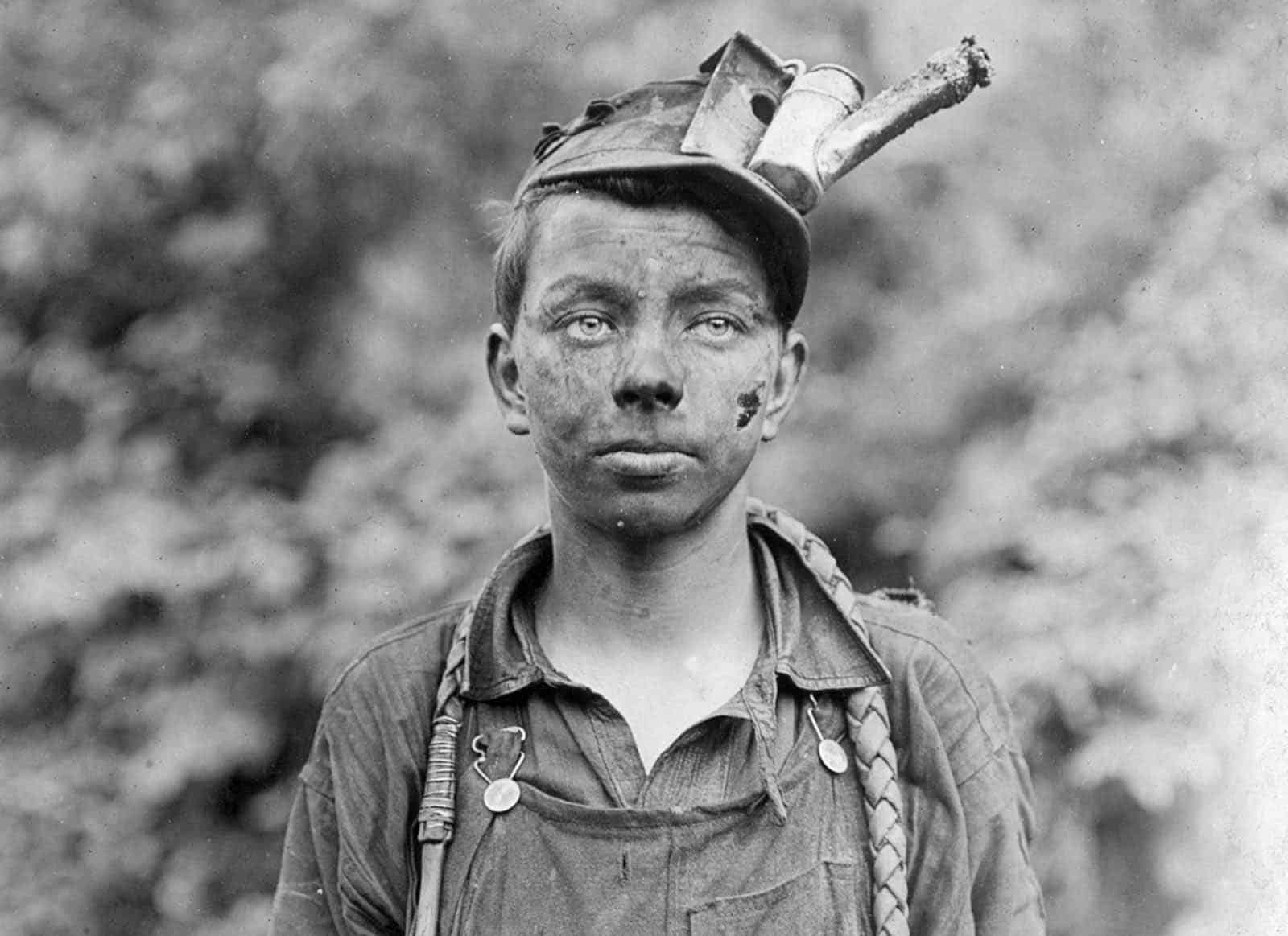
Radio painters working in the factory
In 1922, women and girls employed to apply radium paint received neither protective measures nor warnings about its dangers.
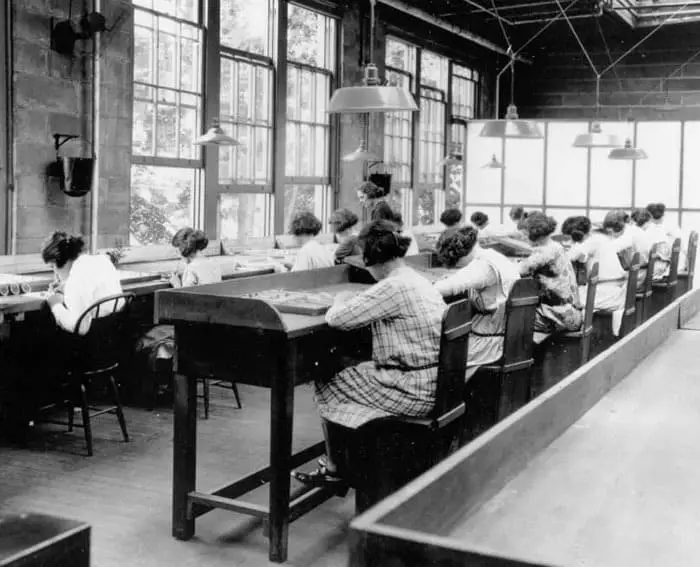
A mugshot taken of Martin Luther King Jr. after his 1963 arrest in Birmingham for participating in anti-segregation protests.
